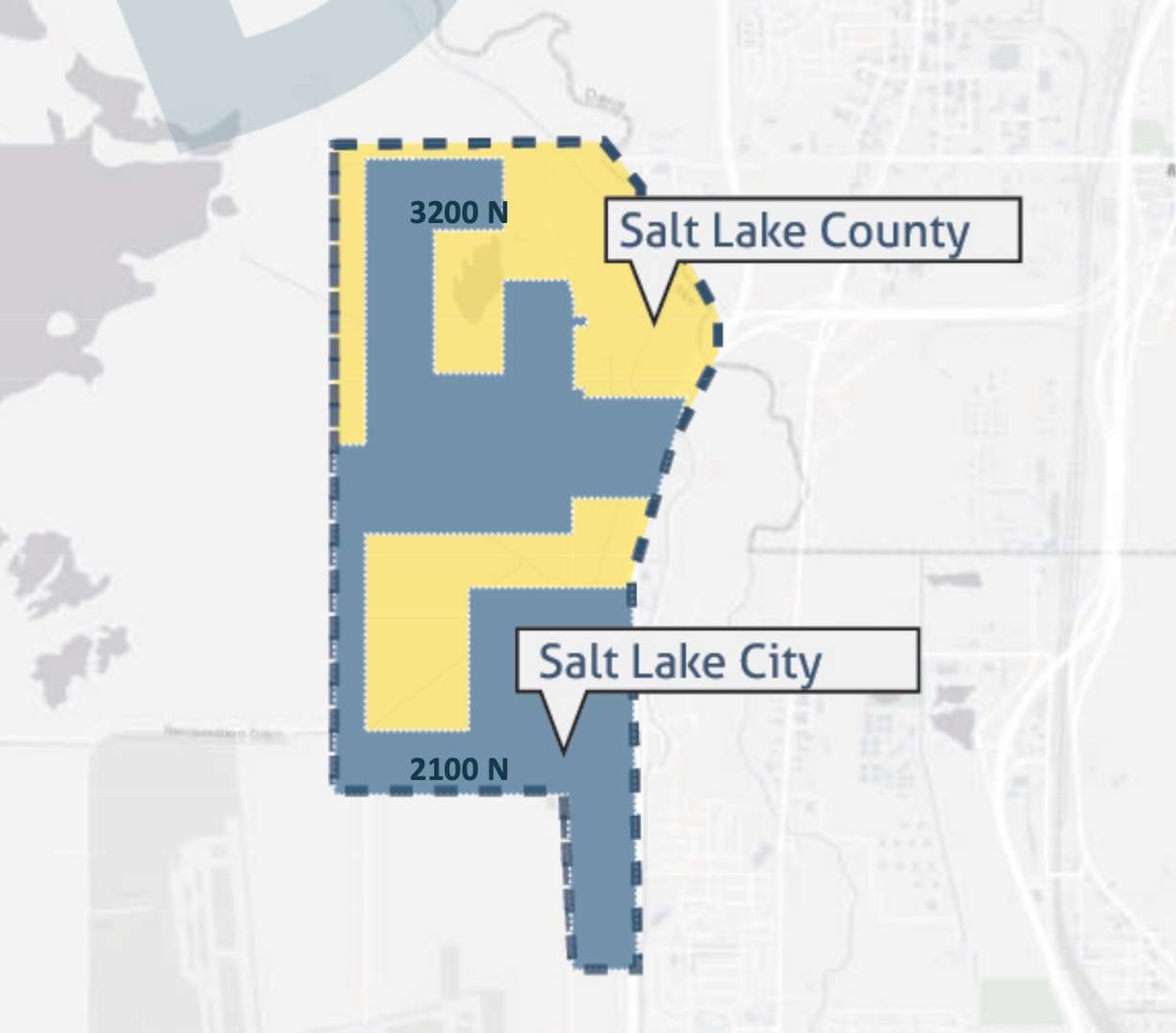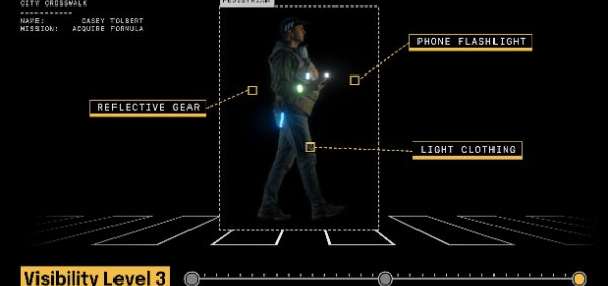Estimated read time: 5-6 minutes
This archived news story is available only for your personal, non-commercial use. Information in the story may be outdated or superseded by additional information. Reading or replaying the story in its archived form does not constitute a republication of the story.
SALT LAKE CITY — The Northpoint area is much smaller than most other parts of Salt Lake City.
Located just to the east of Salt Lake City International Airport and southeast of the Great Salt Lake wetlands, it's also quite different from the rest of the city. It's an area that's mostly zoned for agricultural — with a few dozen homes included — or business parks, along with some light manufacturing.
However, it's also facing the same levels of change as other parts of Salt Lake City. Many businesses have signaled interest in building new warehouses or distribution centers in the area much like the nearby Northwest Quadrant. That is posing a fight between environmental issues and economic opportunity currently shaping up in the Salt Lake City Council as its members weigh an update to the city's Northpoint Small Area Plan.
"This plan is an attempt at good faith development," said Salt Lake City Councilwoman Victoria Petro-Eschler, whose district includes the area, during an informational meeting Tuesday.
The Northpoint plan
Salt Lake City last updated its Northpoint Small Area Plan in April 2000. It outlines how to use the land along the 2200 West corridor by the Salt Lake City International Airport and the city's northernmost boundary. Given the increased desire for building in the area since then, the City Council allocated $100,000 in 2020 toward updating the master plan for the area.

The update aims to include the "intense development pressure" the area is experiencing, while also outlining "appropriate land use categories" that can balance out environmental impacts associated with development, said Krissy Gilmore, a senior planner for the city.
The Salt Lake City Planning Commission voted 7-2 in favor of the recommendation in December, given that a limit on distribution centers is removed and a wetland buffer is expanded from up to 200 feet to up to 300 feet.
The plan also calls for 75-foot setbacks of canals and drains, 75- to 100-foot setbacks of the Jordan River and 65-foot setbacks of existing residential areas, while there is a maximum building frontage of 250 to 400 feet on 2200 West.
There are other provisions included, such as dark sky lighting, as well as air quality, odor, noise, traffic standards, and stormwater management policies so water can flow into the Great Salt Lake unobstructed, Gilmore explained.
"It's intended really to mitigate those impacts from existing residential and agriculture properties," she said.
These measures may end up in an ordinance in addition to the master plan.
A growing debate
However, the plan caught the attention of local environmental groups, that argue it could lead to endless warehouses that replace homes and impact the Great Salt Lake wetlands and affect air quality.
The Center for Biological Diversity, Utah Physicians for a Healthy Environment and the Great Salt Lake Audubon all voiced concerns about it last month, creating an online petition calling on the city to scrap what they called a "new warehouse district." They called the plan a "folly" that would have "a significant, detrimental impact" on the wetlands by the Great Salt Lake.
We can't live there. Our quality of life is gone.
–Denise Payne, Salt Lake City resident
Residents also expressed worries about what's happening in the area during Tuesday's City Council meeting. They told the council that large construction vehicles are already leading to issues along 2200 West, where many of the homes are.
Denise Payne, who lives just off the road, said the construction has been more unbearable than the airport noise that residents are used to.
"2200 West has been turned into a terrifying and dangerous road for us with all of this construction," she said. "It's too dangerous to walk or ride a bike on 2200 West. They shake our homes every day. ... We can't live there. Our quality of life is gone."
Terry Marasco, a member of the Westside Coalition, added that he believes the business park zoning would allow for more restrictions on the businesses so they abide by city leaders and not "owning" them.
At the same time, Salt Lake City Mayor Erin Mendenhall submitted a letter to the City Council on Jan. 30, supporting the additional setback in wetland areas. Yet the mayor also raised questions about the limit on distribution uses.
"I am concerned that removing the limit on distribution land uses will negatively impact the existing rural characteristics of the area, potentially increase the amount of air pollution generated by the future use of land in the area, and expand the amount of land in the city that is available for warehouse and distribution uses," she wrote. "The Northpoint plan boundary is unique ... and any future planning should be sensitive to the existing context and rural nature of the area."
Salt Lake City Councilman Dan Dugan also said Tuesday that he has concerns about the language in the document, using words like "encouraged" or "should be" regarding policies, which he believes will ultimately be ignored.
"(They) give a developer an opening, and we can't close the door after it's opened," he said.
But Petro-Eschler argues that something must be done to help the area, which she says suffered heavily from the COVID-19 pandemic. She called the current business park zoning a relic, offering few opportunities for residents in the area, while the light industrial zoning may allow for "high-caliber forward-looking" jobs.
The plan, she said, offers a way to thread the needle so there is regulation with the warehouses already coming into the section of the city.
"There is an industrialization that is coming and I'm really thankful to (the Salt Lake City planning team) for trying to be as conscientious as they are in guiding us toward that industrialization with an eye toward protecting people and protecting the ecosystem out there," she said.
A debate moving forward
As the council wrapped up the nearly hourlong information discussion, Salt Lake City Council Chairman Darin Mano admitted that it appeared that the council still had "some work to do" before it reaches a final vote. That may include additional tweaks to the plan before it's voted on.
The council is scheduled to hold a public hearing on the matter on March 7, while the council is tentatively slated to vote on the plan on March 21.
A final vote may be delayed beyond March unless the council comes to an agreement by the tentative voting date.










